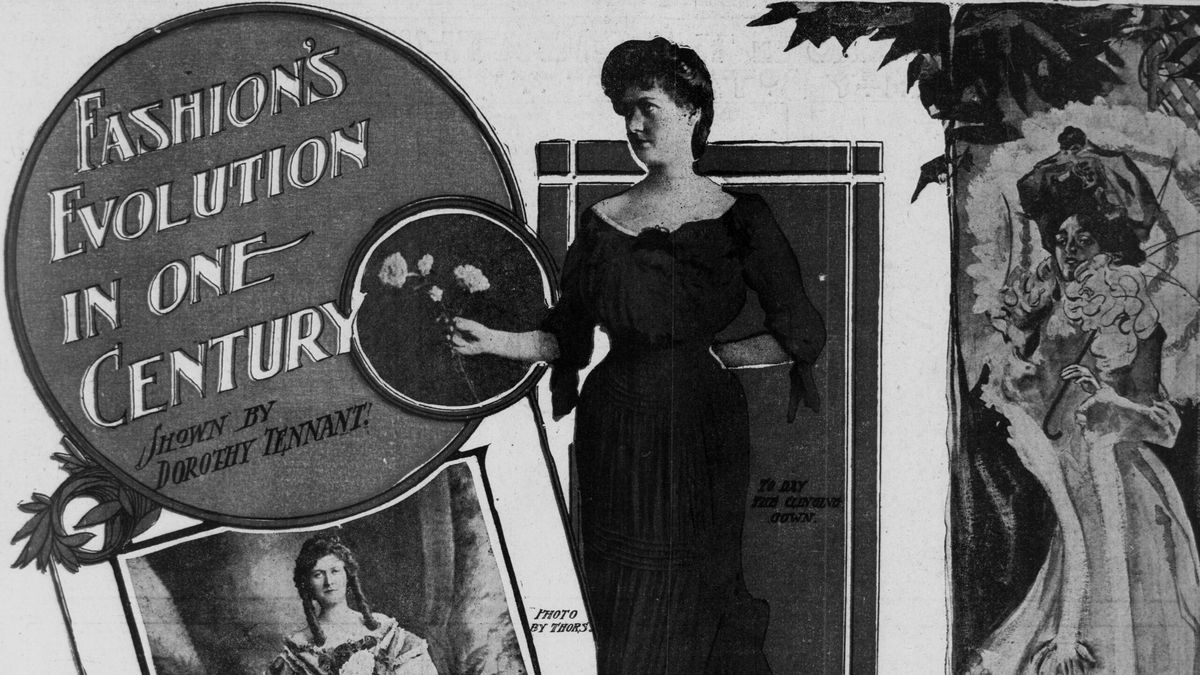
The mid-century fashion renaissance unfurls on our television screens, captivating audiences worldwide with its enchanting tales of iconic designers. In recent years, a surge of television shows has emerged, spotlighting the rarefied world of high fashion and its colorful characters, beautiful clothes, and sharp rivalries. This trend marks a departure from previous fashion TV, which often revolved around reality shows or talk shows about dressing.
A New Era of Fashion Television
Haute couture titans such as Cristóbal Balenciaga, Christian Dior, and Karl Lagerfeld dominate the small screen. These shows delve deep into their lives, revealing the human side of these larger-than-life characters. The mid-century period holds a significant place in fashion history, as it witnessed a paradigm shift from society’s elites dictating style to specific designers setting trends.
The Intersection of Fashion, History, and Politics
These shows not only showcase stunning clothes and captivating stories but also emphasize the social, historical, and political context of fashion. They highlight the portrayal of iconic figures and their influence on modernism. By examining the historical significance of mid-century fashion icons, these series underscore the profound impact their work had on society.
The Timing of the Trend
The timing of this fashion television trend may be related to the current economic and climate crises, as well as the popularity of fashion brands on social media. Audiences seek solace and inspiration in the glamour and creativity of the past. As a result, these shows offer a compelling narrative that resonates with viewers.
Cristóbal Balenciaga, the “master of us all,” according to Christian Dior, emerges as a central figure in this mid-century fashion renaissance. His designs, characterized by their architectural lines and innovative techniques, revolutionized haute couture. Balenciaga’s work transcended the boundaries of fashion, reflecting the social and political changes of his time.
Similarly, Christian Dior‘s “New Look” became a symbol of post-World War II optimism and prosperity. His designs, featuring cinched waists and full skirts, embodied the spirit of renewal and represented a break from the austerity of wartime fashion.
Karl Lagerfeld, the creative director of Chanel for over three decades, also features prominently in this trend. His tenure at the iconic fashion house saw the transformation of Chanel into a global luxury brand. Lagerfeld’s designs combined the timeless elegance of Coco Chanel with a modern, irreverent twist.
In conclusion, the rise of mid-century fashion TV shows serves as a reflection of society’s enduring fascination with the world of high fashion. These series highlight the historical significance of iconic designers and the impact of their work on modernism. Moreover, they illustrate the intersection of fashion with social, historical, and political contexts. As we navigate the challenges of the present, the glamour and creativity of the past offer solace and inspiration.
